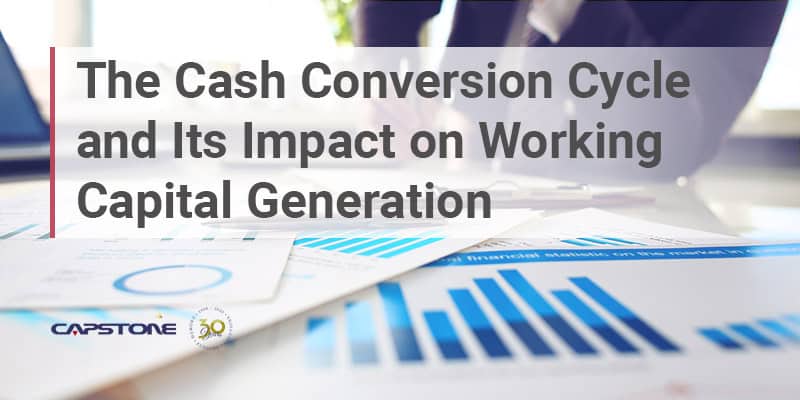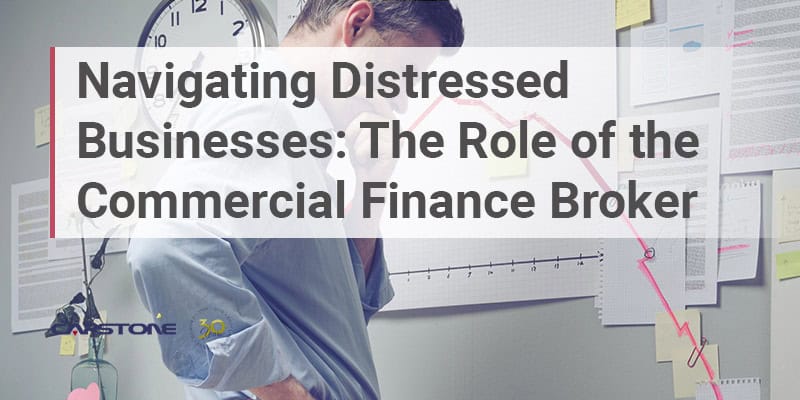As banks have tightened up lending standards making it more difficult for small to mid-sized businesses to acquire the necessary financing they need in order to sustain and/or grow their organizations, business owners have considered alternative financing options. One such alternative is the pledging of the equity in their own homes as collateral for the extension of a loan. It may seem a bit drastic, but business owners will do anything to save and grow a business. Especially ones they have devoted their blood, sweat and tears into.
Business owners who have been denied a small business loan by their bank, will quite often look at taking out secondary financing against their home to save their struggling business. One such vehicle which will allow them to do this is a home-equity line of credit, more commonly referred to as a (“HELOC”) loan. Business owners believe these loans are just the life line they need to keep their business afloat. Nothing may be further from the truth.
Despite the sluggish economic recovery, home prices are again on the rise and banks have once again begun to increase HELOC lending. Some business owners may be thinking a HELOC is the way to go for their business capital needs. They may want to rethink this and consider their options-here’s why:
Risks involved with HELOC loans
There are significant risks involved with relying on a HELOC to save your struggling business. The major risk with HELOCs is its exposure to interest rate adjustment and fluctuations. All HELOCs are adjustable rate mortgages (ARMs), but they are much riskier than standard ARMs. Changes in the market impact a HELOC very quickly. If the prime rate changes on April 30, the HELOC rate will change effective May 1. An exception is HELOCs that have a guaranteed introductory rate, but these hold for only a few months. Standard ARMs, in contrast, are available with initial fixed-rate periods as long as 10 years.
HELOC rates are often tied to the prime rate, which some argue is more stable than the indexes used by standard ARMs. This is a misconception however, due to the fact that the prime rate doesn\’t change from day to day. In 2003, it changed only once, to a low of 4% on June 27. However, it changed 17 times in the next three years-.25% each time, reaching 8.25% on June 29, 2006. In 1980, it changed 38 times, and ranged between 11.25% and 20%.
In addition, most standard ARMs have rate adjustment caps, which limit the size of any rate change; and they typically have maximum rates 5-6% above the initial rates. HELOCs generally do not have adjustment caps, and their maximum rate is 18% except in North Carolina, where it is 16%.
Recent problems with HELOC loans
More recently, the problems with HELOCs aren’t so much with interest rate fluctuations but instead have to do with the fact that a majority of these loans were interest only for the first 10 years before any principal was required to be paid. A majority of these loans were made during the refinance boom in early 2000 when the value of real estate was at an all-time high. A good number of these loans are set to recast within the coming year which means that the borrower’s monthly payment is likely to increase substantially.
A business owner who decided to take out a HELOC against his home 10 years ago may be in for the shock of their life when his or her monthly payment jumps from say, $250 to $560. That additional $310 could have been used to purchase additional equipment for the business, or to take the family on that long awaited vacation. In addition, because a HELOC’s rate is adjustable, there is a likelihood the monthly payment could increase even more if the interest rate moves up.
Should the borrower want to refinance the first and second HELOC loan in order to reduce his payment shock, there may be enough equity in the property to do so. Thus the borrower is stuck with the higher payments until such time the HELOC is substantially paid down and/or the value of the property increases enough to justify a refinance.
With the uncertainty of the market, and constant fluctuations in the interest rate, as well as corresponding increases in the monthly payment, a HELOC loan doesn’t really make good business sense in the long term. There are much better alternatives for business owners such as “Factoring” which can give a small business the necessary influx of working capital it needs to sustain and grow. Capstone Corporate Funding, LLC specializes in Single Invoice Factoring for firms in need of immediate cash. Single Invoice Factoring provides flexible, no contract invoice selling in exchange for working capital from Capstone Corporate Funding, LLC.
For more information on how Capstone can help, please email at or call (212) 755-3636 to speak with a representative today.



